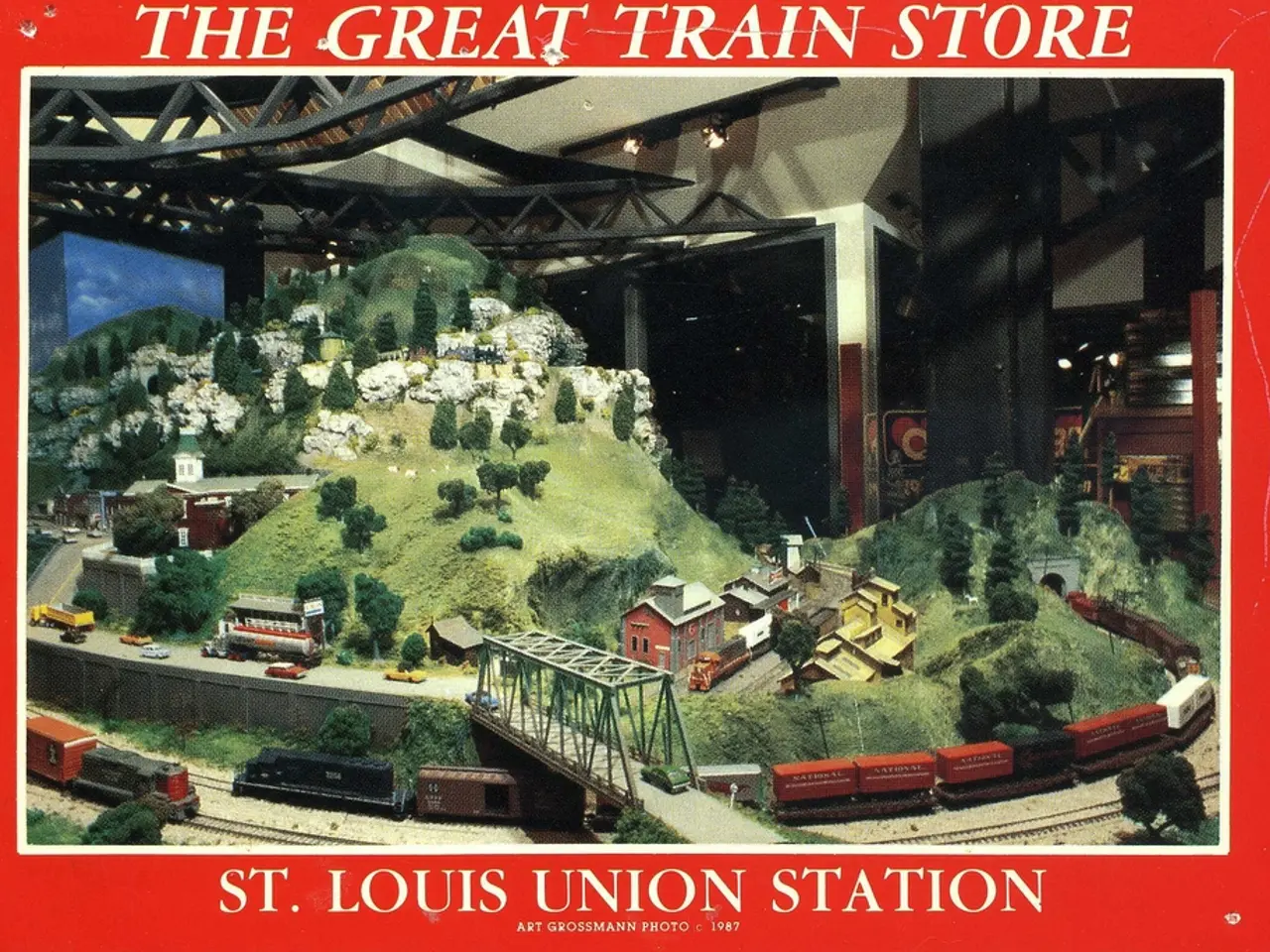Advertising blunders: confronting bravery, hazards, and expansion in marketing campaigns
Interview with Alina Dorokhina, Director of Development at Silver Mercury
The marketing world is craving boldness in the brainstorming, presentation, and decision-making process. That's what we discuss with Alina Dorokhina, the Director of Development at Silver Mercury.
- Hey, Alina, why is there a buzz about non-traditional, controversial campaigns in the industry?
- Because the market's evolving. Today, creativity isn't merely an appealing image or catchy slogan. It's a tool that needs to align with the times. And the modern age isn't simple, it's multilayered and varied. What's provocative to some is a necessary element for others. We see this in the conversations and results, non-standard ideas do resonate.
Moreover, the audience has fragmented. Orthodox methods work less effectively. People seek emotions, engagement, energy. Thus, mainstream marketing tends to go unnoticed. In contrast, creative campaigns that provoke some reaction swim past the radar and begin to make waves on their own.
- Is non-traditional often seen as a blunder?
- Far too often. We still belong to the logic of "if it didn't work, it's a failure." But that's a faulty logic. If a brand triggers a public debate with a daring move, that's already a win. That's presence in the media space. Today, the right metric of reaction can sometimes outshine CTR.
At SM Retrograde, we look beyond this dichotomy, examining projects from a perspective of growth: what did it teach us, what conversation did it spark, and how did it impact the market? This is professional analysis, not finger-pointing.
- Why are brands becoming more daring?
- Because attention is getting scarce. Subdued campaigns can excellently execute, but still get overshadowed. Bold, unexpected choices spark emotions. Emotions create memories. Memories foster recognizability. Those are brand assets.
We're witnessing an intriguing trend: larger companies are becoming more mindful of incorporating risk into their strategies. They realize that to stand out, they'll have to take bolder steps, thoughtfully and with an eye on boundaries.
- Do we have any evidence that non-traditional works?
- Indeed. Studies reveal that innovative, award-winning campaigns drive better results: +29% increase in short-term sales, +11% in long-term branding. Particularly effective with younger demographics, where originality and freshness have value.
And, by the way, the agencies themselves are acknowledging this. There's a shift happening within the industry: it's no longer just about what sells, but also about what sets new trends.
- So, what's the SM Retrograde initiative all about?
- We curate instances that sparked contrasting opinions. Not flawless, perfect pieces, but key learnings. We examine them from a progression standpoint: what they taught us, what discussion they fostered, how they moved the market. This is self-assessment, not criticism.
It's crucial for the industry to discuss complex cases— openly and with interest. That's how we grow, not on successes, but on understanding why something worked, or why it didn't, but made a mark.
- What would you advise teams hesitant about taking bold steps?
- Fear is natural. Safety is an instinct. But if you wish to remain in the market tomorrow, you must be willing to step out of the box today. The key is doing it thoughtfully, with regard for the audience, an understanding of the context, with a message that resonates.
Non-traditional isn't about shock value. It's about authenticity. About saying something different. And if there's a genuine message behind it, it'll find a response. Even if it's not immediately embraced by everyone.
- Alina, can we say that boldness is becoming a norm?
- Absolutely. We don't desire a world that replicates campaigns. We seek ads that grab us, surprise us, make us think. And boldness, defined as such, isn't a passing trend — it's a necessity. It doesn't replace strategy, it amplifies it.
Industries need professionals who inspire. Not only those who follow plans, but those who shake them up. Because they are the ones creating the new rules. And that's what truly matters.
- Creativity in contemporary marketing campaigns is not just about appealing images or catchy slogans; it's a tool that needs to align with modern times, resonating with the multilayered and varied nature of the present-day market.
- Brands are becoming more daring as they realize that to stand out, they will have to take bolder steps, thoughtfully and with an eye on boundaries, as attention is becoming scarce and subdued campaigns can easily get overshadowed.
- Studies reveal that innovative, award-winning campaigns drive better results, such as a +29% increase in short-term sales and +11% in long-term branding, particularly effective with younger demographics who value originality and freshness.
- Non-traditional campaigns are becoming increasingly accepted in the industry, where agencies themselves are acknowledging that it's no longer just about what sells, but also about what sets new trends. This shift emphasizes the importance of professional analysis, not just finger-pointing.




